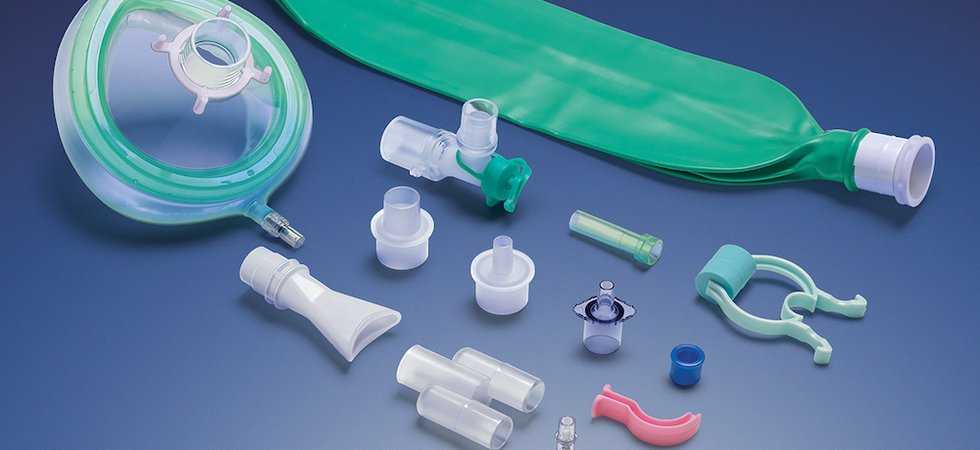Market on the Rise: Breathing New Life into Growth

The respiratory market size is experiencing significant growth. According to a report by Ken Research, the global market was valued at a staggering $132.4 billion in 2023 and is projected to reach a colossal $227.8 billion by 2030, boasting a healthy CAGR (Compound Annual Growth Rate) of 7.2%. This growth can be attributed to several factors, including:
- Rising Prevalence of Respiratory Diseases: Chronic obstructive pulmonary disease (COPD), asthma, and sleep apnea are just some of the respiratory conditions with increasing prevalence. This creates a greater need for diagnostic tools, therapeutic devices, and respiratory care equipment.
- Aging Population: As the global population ages, the risk of developing respiratory diseases increases. This demographic shift fuels the demand for respiratory solutions tailored to the needs of older adults.
- Technological Advancements: The development of innovative respiratory devices, such as portable nebulizers and smart inhalers with real-time monitoring capabilities, is improving patient care and treatment adherence.
Market Segmentation: Tailored Solutions for Diverse Needs
The respiratory market is segmented based on various factors, allowing manufacturers to cater to specific patient needs:
- By Product Type:
- Therapeutic Respiratory Devices: This segment includes inhalers, nebulizers, oxygen concentrators, CPAP (Continuous Positive Airway Pressure) machines, and mechanical ventilators. The therapeutic respiratory devices market is expected to reach a market size of $87.5 billion by 2030 due to the rising prevalence of chronic respiratory diseases.
- Respiratory Monitoring Devices: These devices track vital signs, lung function, and oxygen saturation levels, allowing for continuous patient monitoring in hospitals and home settings. The respiratory monitoring devices market is projected to reach $23.4 billion by 2030, fueled by the growing demand for non-invasive monitoring solutions.
- Respiratory Protective Equipment (RPE): This segment includes various types of masks, respirators, and filters used to protect healthcare workers and individuals from airborne contaminants. The respiratory protective equipment market received a significant boost during the COVID-19 pandemic and is expected to continue growing due to rising concerns about air pollution and infectious diseases.
- By Application:
- Hospital Setting: Hospitals require a full spectrum of respiratory devices for various treatment interventions, including ventilators for critical care patients and nebulizers for respiratory emergencies.
- Home Care: The growing trend of home-based respiratory care is driving demand for portable and user-friendly devices like CPAP machines and nebulizers for chronic conditions.
Market Analysis: Trends Shaping the Future of Respiratory Care
Several trends are shaping the future of the respiratory market:
- Focus on Early Diagnosis: The development of rapid diagnostic tests for respiratory diseases allows for earlier intervention and improved patient outcomes. The respiratory disease testing market is expected to grow due to the increasing focus on early detection and personalized treatment plans.
- Integration of Telemedicine: Telemedicine platforms allow doctors to remotely monitor patients with chronic respiratory conditions. This trend increases the need for connected respiratory devices that can transmit data to healthcare providers.
- Rise of Artificial Intelligence (AI): AI-powered inhalers are being developed to personalize medication delivery and improve medication adherence. This integration of AI has the potential to revolutionize respiratory care.
Take a look at:Exploring the $52.8 Billion Respiratory Market
Opportunities and Challenges: Balancing Innovation and Accessibility
The respiratory market presents exciting opportunities:
- Expansion into Emerging Markets: As healthcare infrastructure improves in developing countries, the demand for affordable and effective respiratory care solutions is expected to rise.
- Focus on Personalized Medicine: The development of targeted therapies and devices tailored to individual patient needs offers significant growth potential.
- Growth of Home Care Market: The increasing adoption of home-based respiratory care will drive demand for user-friendly and portable devices.
However, the respiratory market also faces some challenges:
- High Costs: The high cost of advanced respiratory devices can limit patient access, especially in developing countries.
- Reimbursement Challenges: Navigating complex reimbursement policies for respiratory devices can be a hurdle for healthcare providers and patients.
- Counterfeit Products: The presence of counterfeit respiratory devices can pose a significant safety risk to patients.
Major Players and Market Reports: Navigating the Landscape
The respiratory market is a competitive space with established players and emerging companies vying for market share. Some of the top players and respiratory market major players include:
- Philips
- ResMed
- Medtronic
- Fisher Paykel Healthcare
- GE Healthcare
Regularly updated respiratory market reports published by market research firms provide valuable insights into market size, growth projections, segmentation, key players, and emerging trends. These reports empower healthcare providers, respiratory device manufacturers, and other stakeholders to make informed decisions regarding product development, market entry strategies, and optimizing patient care delivery.
Future Outlook
Looking ahead, the respiratory market is poised for continued expansion, driven by factors such as an aging population, increasing pollution levels, and rising healthcare expenditure. Technological innovations, such as wearable respiratory devices and AI-powered diagnostics, are expected to revolutionize the way respiratory conditions are managed and treated.
Moreover, collaborations and strategic partnerships within the industry are likely to fuel growth and facilitate the development of novel therapies and interventions. Market players need to remain agile and adaptable to capitalize on emerging opportunities and navigate regulatory challenges effectively.
Conclusion
In conclusion, the respiratory industry presents a promising landscape filled with opportunities for growth and innovation. As the prevalence of respiratory diseases continues to rise globally, there's a growing need for advanced respiratory care devices, diagnostics, and protective equipment. By staying abreast of market trends, leveraging cutting-edge technologies, and fostering strategic collaborations, companies can position themselves for success in this dynamic and vital sector of healthcare.
Take a look at:Can Innovation Inhale New Life into the $42.3 Billion Respiratory Market?



